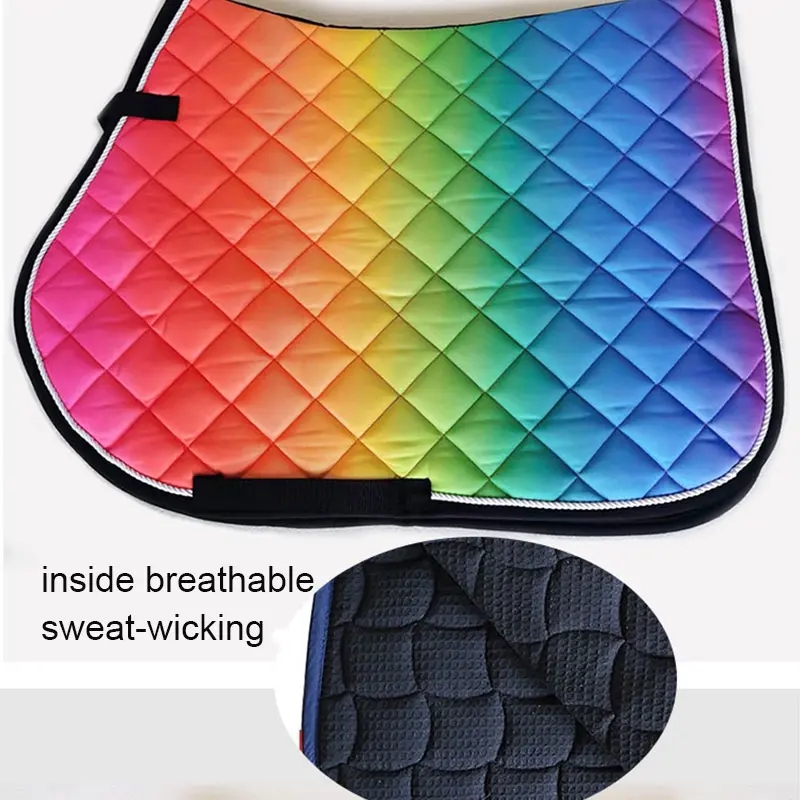In the context of enterprise marketing, dealers play a vital role in product sales and market operations. However, as the Chinese economy matures and the online society develops further, the trend toward channel flattening has become increasingly prominent. This has led to a significant transformation in the operating environment for traditional dealers, making their ecosystem more unstable than ever before.
The power dynamics among various stakeholders are breaking down the traditional dealer model. As a result, these dealers now face an extremely challenging situation, where they must adapt or risk being left behind by manufacturers, the market, and even their customers.
Having worked closely with dealers and enterprises for many years, I understand the pain points that traditional Chinese dealers are experiencing today. My goal is to share insights from my observations and experiences, hoping to provide some inspiration to those who are actively working on the front lines of the market. No matter how tough the environment becomes, people will always find a way forward. The market is ultimately shaped by human effort, and while challenges exist, they are not insurmountable.
So, what are the key difficulties facing traditional dealers in this new era? While each industry may have its own unique challenges, there are three core dilemmas that most dealers encounter. Let me briefly explain them without going into excessive detail.
**Three Realistic Dilemmas Faced by Traditional Dealers:**
1. **Market Space Shrinking and Manufacturer Control:**
The market is becoming more segmented and marginalized, with core areas taken over by manufacturers or new clients. Traditional dealers are often pushed to the periphery, acting as small units for the manufacturer’s long-tail markets. This happens because brand markets mature, and manufacturers restructure their channels, leaving dealers with fewer opportunities. Additionally, the rise of terminal stores has made it harder for traditional dealers to compete, as these stores negotiate directly with manufacturers, further marginalizing the dealers’ role.
2. **Loss of Authority and Becoming a Logistics Supplier:**
As enterprise marketing centers grow stronger, traditional dealers are forced to follow the manufacturer’s lead, losing control over market strategies. In a competitive environment, dealers face increasing financial and operational pressures—such as high capital requirements, rising management costs, and tight payment terms. Many end up functioning as pure logistics providers, earning minimal distribution fees while bearing all the risks and responsibilities themselves. They have little say in decision-making and are often sidelined from strategic discussions.
3. **Profit Margins Continuously Shrinking:**
Profitability is a growing concern for many dealers. With market transparency and rising operational costs, it’s harder to maintain healthy margins. The saying “8% profit is safe, 15% is profitable†no longer holds true in today’s market. Dealers struggle to make significant gains, as competition intensifies and the ability to capture value diminishes. This is an inevitable outcome of market development, but it requires dealers to rethink their strategies.
To survive and thrive in this changing landscape, traditional dealers must evolve. They need to shift from passive participants to active players in the market, upgrading their operations to meet the demands of the new environment. Based on current market trends, I believe that dealers must undergo three major transformations to achieve modernization.
**Three Key Transformations for Traditional Dealers:**
1. **Channel Transformation:**
From simply distributing brands to managing their own channel systems. This involves building and maintaining retail networks, including self-owned, joint, and proprietary terminals. This allows dealers to have greater control over their downstream operations and create a stable market presence. Unlike before, when dealers only knew where customers were, they now need to understand where and how products are sold.
2. **Operational Modernization:**
Enhancing internal capabilities to better manage inventory, customer relationships, and data-driven decisions. This includes adopting digital tools and improving efficiency to stay competitive.
3. **Value-Added Services:**
Moving beyond basic distribution to offer additional services such as after-sales support, training, and customization. This helps differentiate dealers from competitors and adds more value to their offerings.
In conclusion, the future of traditional dealers depends on their ability to adapt and transform. By embracing change and focusing on innovation, they can secure their place in the evolving market and continue to serve both manufacturers and customers effectively.
Customise Horse Riding Saddle Pads
We also have many years of experience in making equestrian clothing, specializing in horse riding legging clothing. Like horse riding tops or equestrian breeches. You can choose according to your needs, if you are interested, please contact us. There are also horse riding jackets on sale, all of which are selected high-quality fabrics and are comfortable to wear.

Best Horse Saddle Pads,Horse Riding Pads,Horse Racing Saddle Pads
Guangzhou Muxin Sporting Goods.Ltd. , https://www.muxinsports.com
